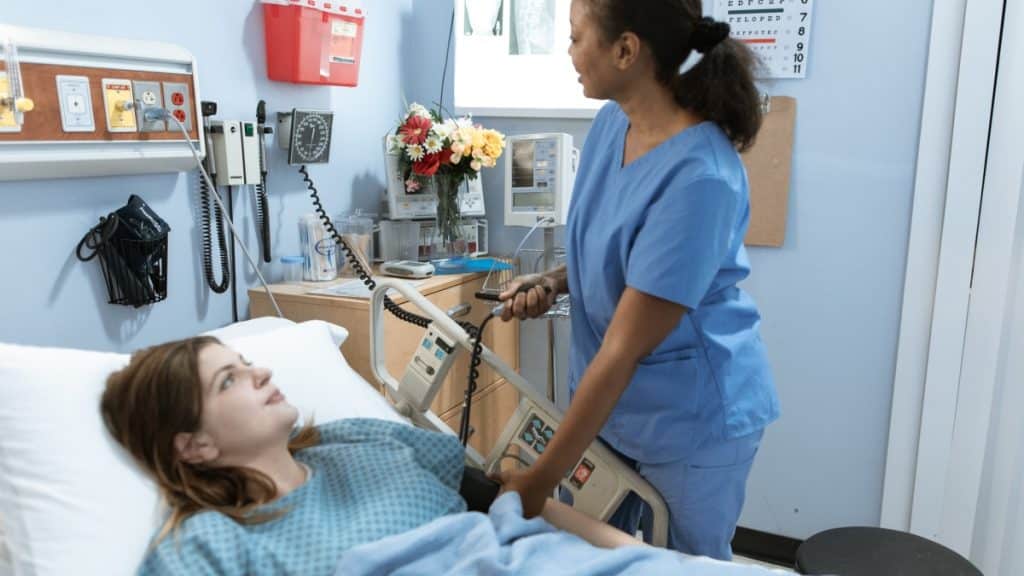Within the complex environment of healthcare facilities, patient safety remains a paramount concern, necessitating constant vigilance and innovative strategies. As the medical industry evolves, new challenges and opportunities emerge, offering avenues to reduce risks and protect those in care. Clinicians, administrators, and healthcare stakeholders strive to integrate best practices and modern solutions to avoid preventable harm and ensure high-quality outcomes for patients. Robust methods of enhancing patient safety can significantly reduce medical errors, improve clinical operations, and contribute to overall healthcare efficiency. Explore some of the key strategies that effectively revolutionize patient security. Keep reading to discover how healthcare institutions are transforming their approach to foster a safer care experience for everyone.
Proactive Risk Management and Incident Analysis
Proactive risk management is at the forefront of improving patient safety. This preventive strategy involves the systematic identification and mitigation of potential hazards before they translate into harm. Through routine safety audits, risk assessments, and leveraging healthcare solutions by ECRI, organizations can detect vulnerabilities within their systems and enact prompt corrective measures.
When incidents do occur, a thorough and objective analysis is imperative. Healthcare providers employ root cause analysis to understand the underlying factors contributing to adverse events. Learning from mistakes without assigning blame fosters an environment where individuals feel safe to report incidents, crucial for organizational learning and improvement.
Implementing a Culture of Transparency and Communication
To advance patient safety, healthcare institutions are establishing cultures of transparency and communication. Open dialogue within medical teams and between practitioners and patients is essential in identifying potential threats to safety and implementing necessary modifications. This transparent atmosphere encourages the reporting and discussion of near-misses or minor incidents, offering valuable insights for prevention strategies.
A candid environment is conducive to mutual learning and accountability, enabling staff to voice concerns without fear of reprisal. Regular safety huddles and debriefings become platforms where every team member, regardless of their position, can contribute their observations and suggestions to enhance care quality. These communication practices build a shared commitment to uphold patient safety standards.
Patients themselves are an integral part of safety communications. Engaging with patients to ensure comprehension of their treatment plans, medications, and follow-up care greatly reduces misunderstandings or non-compliance issues. This participatory approach empowers individuals to be active participants in their healthcare journey, directly influencing their safety and wellness.
Strengthening Healthcare Team Coordination
Team coordination is crucial in avoiding the fragmentation of care, a known contributor to medical errors. Healthcare providers are increasingly adopting interdisciplinary models where collaborative practices ensure that various specialists are working cohesively toward common patient safety goals. Such teamwork is vital in complex cases where coordinated efforts significantly impact treatment outcomes.
Structured handoff processes where critical patient information is systematically transferred between caregivers also enhance coordination. These handoffs are pivotal moments in patient care management; ensuring they are conducted accurately and thoroughly is instrumental in maintaining continuity and safety throughout a patient’s hospital journey.
Effective leadership is the linchpin that upholds strong coordination within healthcare teams. Leaders who promote mutual support, open communication, and a shared vision for patient safety can dramatically influence the cohesiveness and performance of their clinical teams, thereby enhancing the overall standard of care provided.
Continuous Education and Training for Medical Staff
Continuous education is a cornerstone of maintaining high patient safety standards. The healthcare landscape is dynamic, with new procedures, regulations, and technologies constantly emerging. Ongoing training ensures medical professionals remain current in their practice, capable of integrating the latest advancements into patient care effectively.
Beyond traditional clinical training, patient safety education includes comprehensive courses on human factors, error prevention, and systemic solutions to common safety challenges. Such education empowers healthcare providers with a more holistic view of patient safety, enabling them to recognize and mitigate broader risk factors within the healthcare ecosystem.
Improving patient safety also involves specific training in communication skills, teamwork, and crisis management. These soft skills complement clinical expertise, preparing medical staff to navigate unexpected situations and coordinate seamless care transitions under varied stress levels and complexities they might encounter in their daily roles.
Altogether, patient safety in healthcare settings is an ever-evolving field where innovative strategies can make significant impacts. From harnessing the power of technology to building robust communication foundations and reinforcing team coordination, these measures culminate in a safer healthcare experience. Overall, a proactive stance on training and risk management complements these initiatives, ensuring that the pursuit of safety is woven into every aspect of healthcare delivery.
